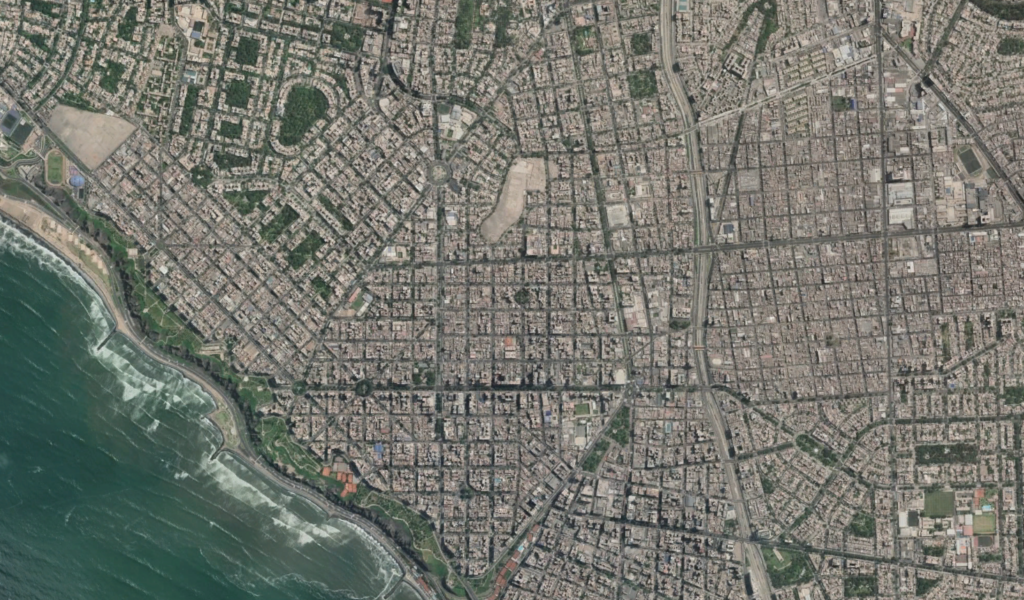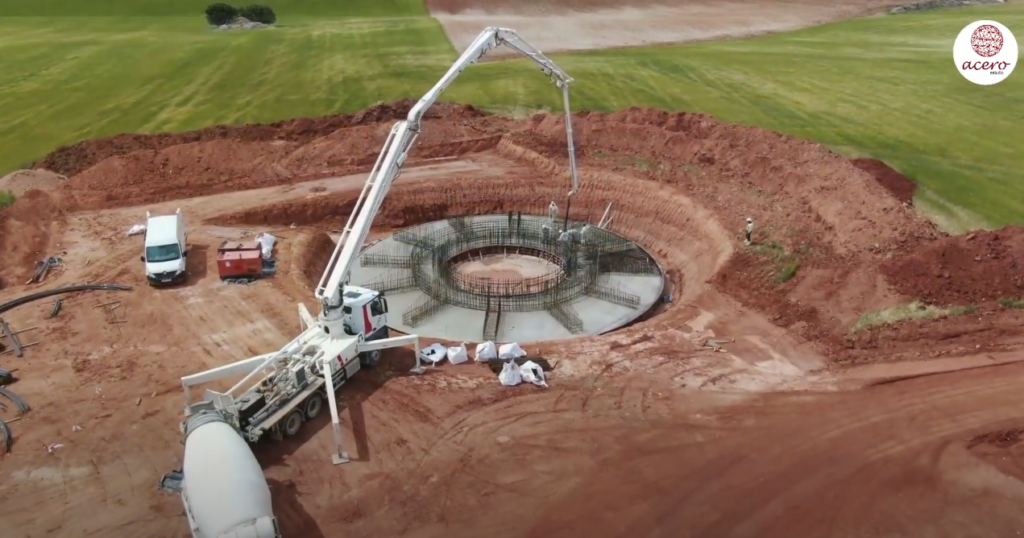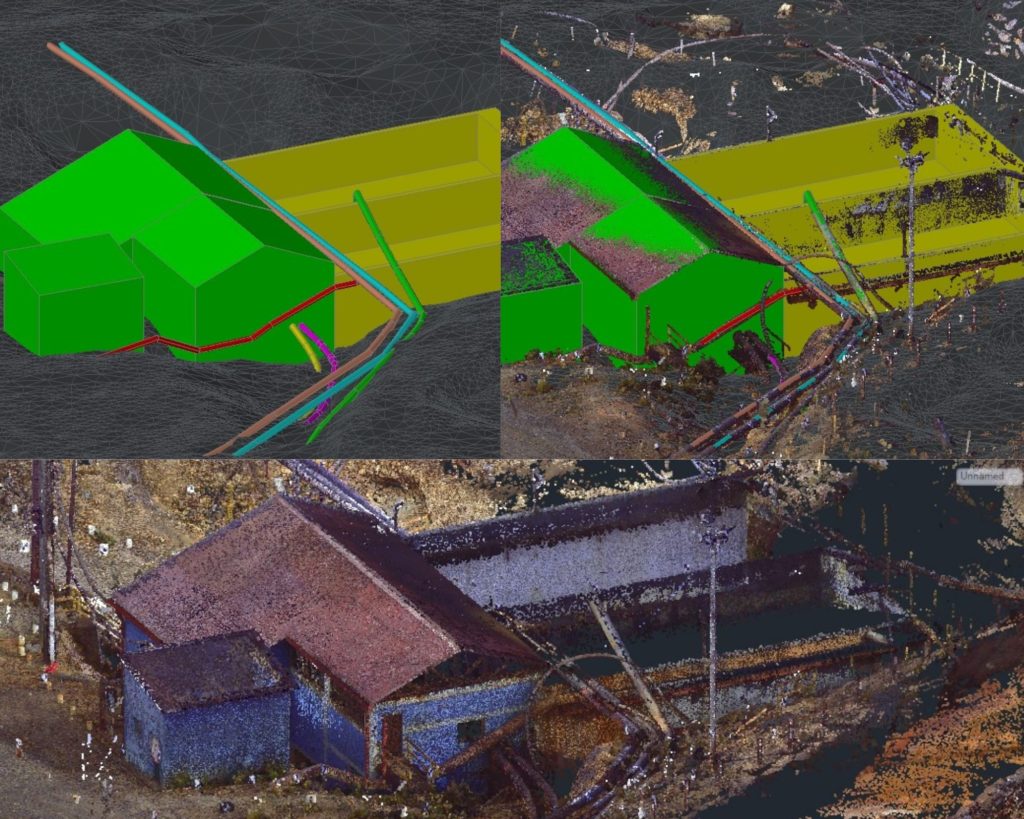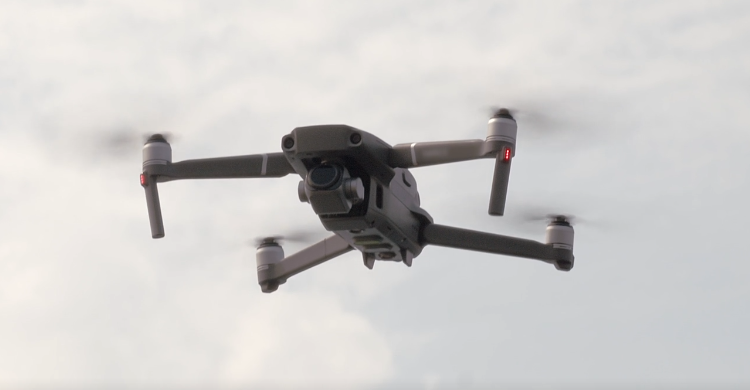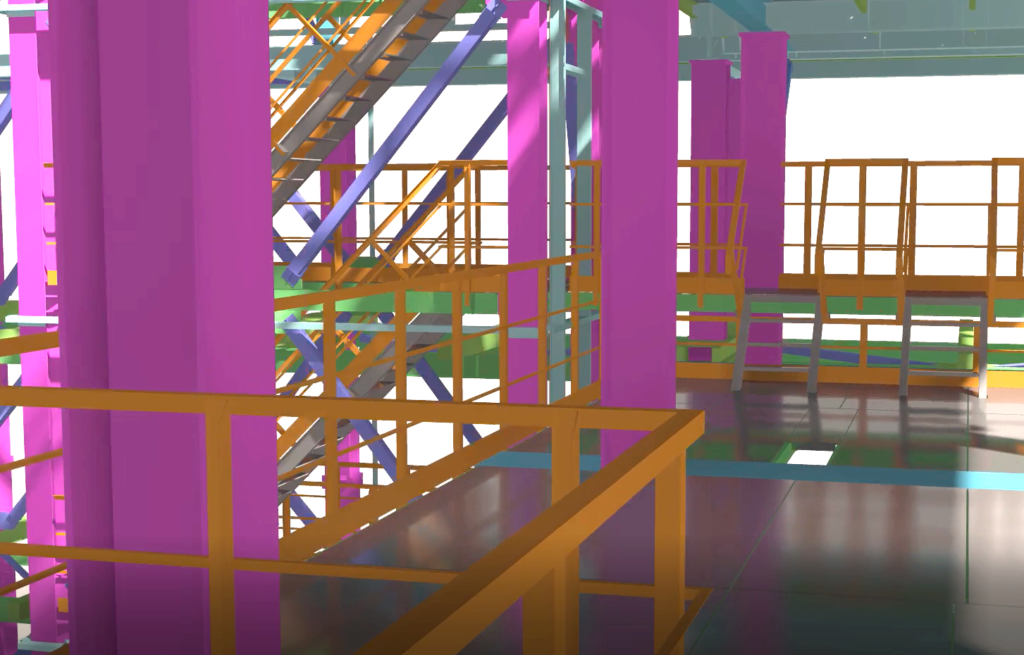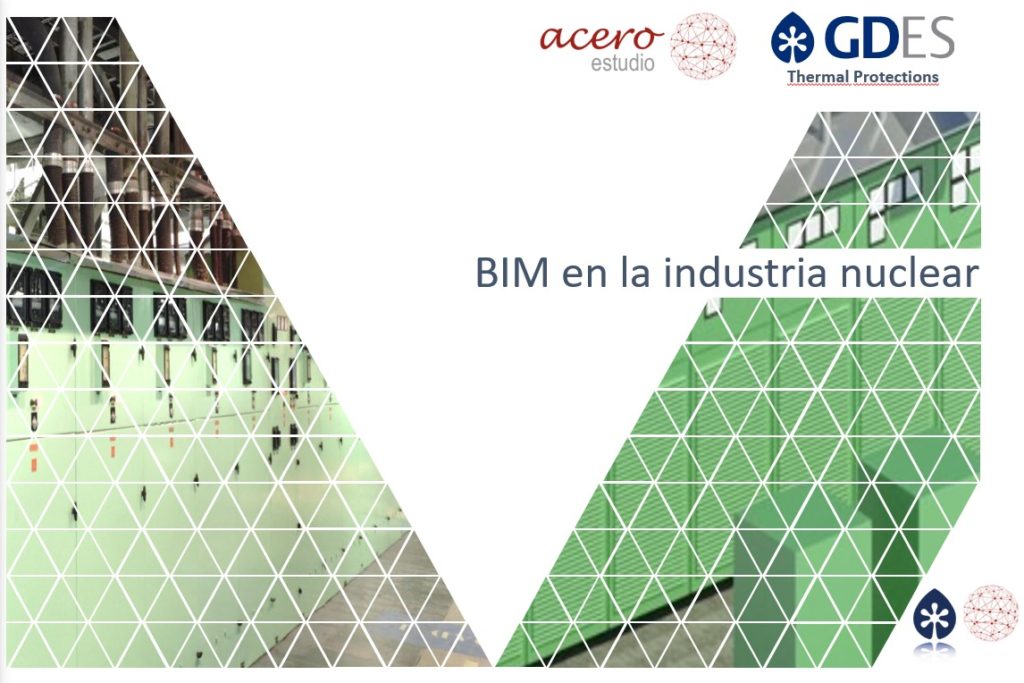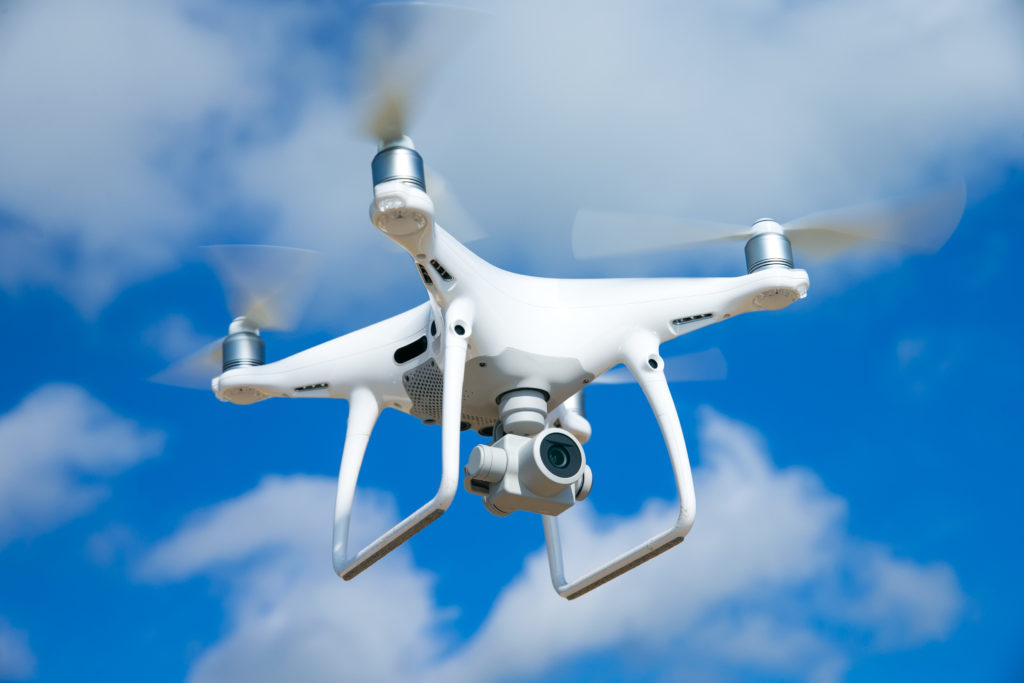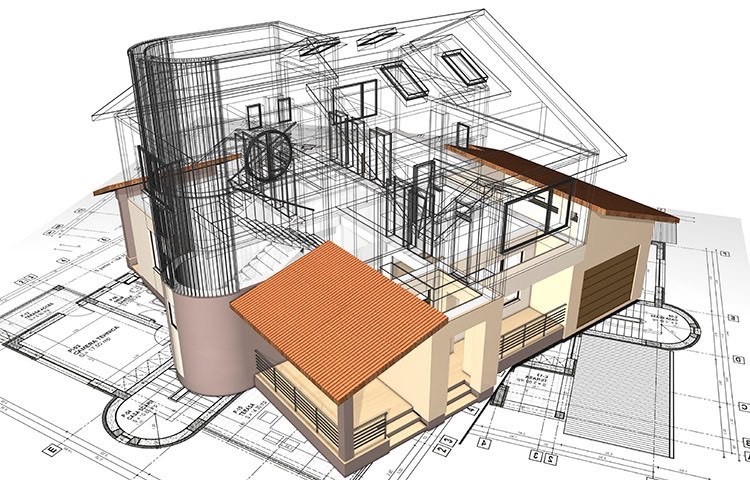XPande. Application for growth in international markets
“This action is co-financed by the European Union through the FEDER Operational Program of the Valencian Community 2014-2020”.
This year 2021-2022, in Acero Estudio, we have had the opportunity to participate in the Xpande Digital program of the Chamber of Commerce of Valencia.
Through this program, the European Union has granted us financial support through the European Regional Development Fund, allowing us to carry out the internationalization of our company in the UK market.
With some objectives to achieve, related to our presence on the Internet, such as strengthening our global online activity, achieving brand recognition, attracting new customers, building customer loyalty and increasing the number of sales (or market share), we have finally achieved great results. Among them, the possibility of entering a new market such as the United Kingdom and increasing the visibility of our business in this country, thus achieving the consolidation of our website abroad.
We thank the Chamber of Commerce of Spain and Valencia, the IVACE and the European Union for the opportunity to participate in this program.



